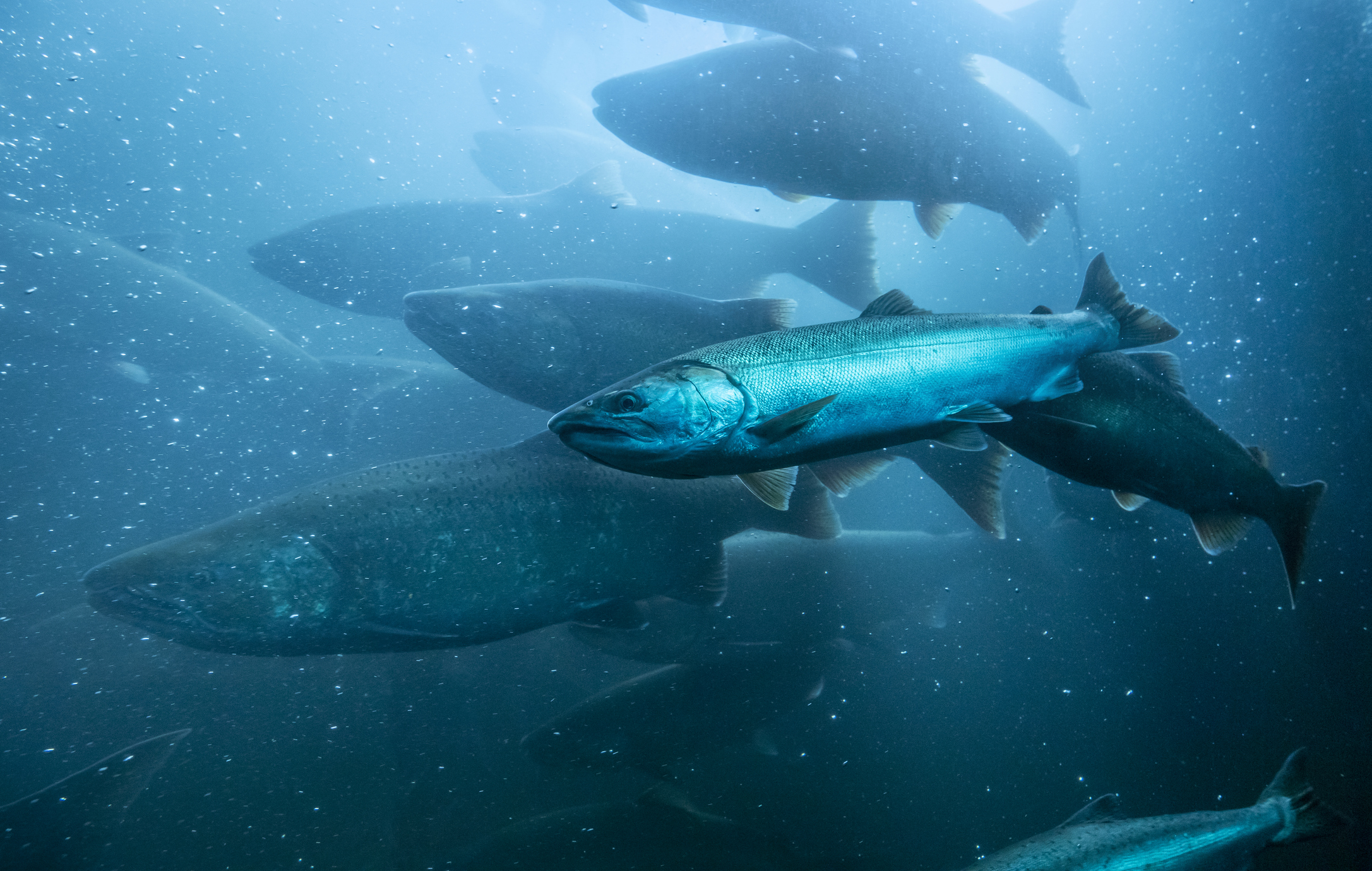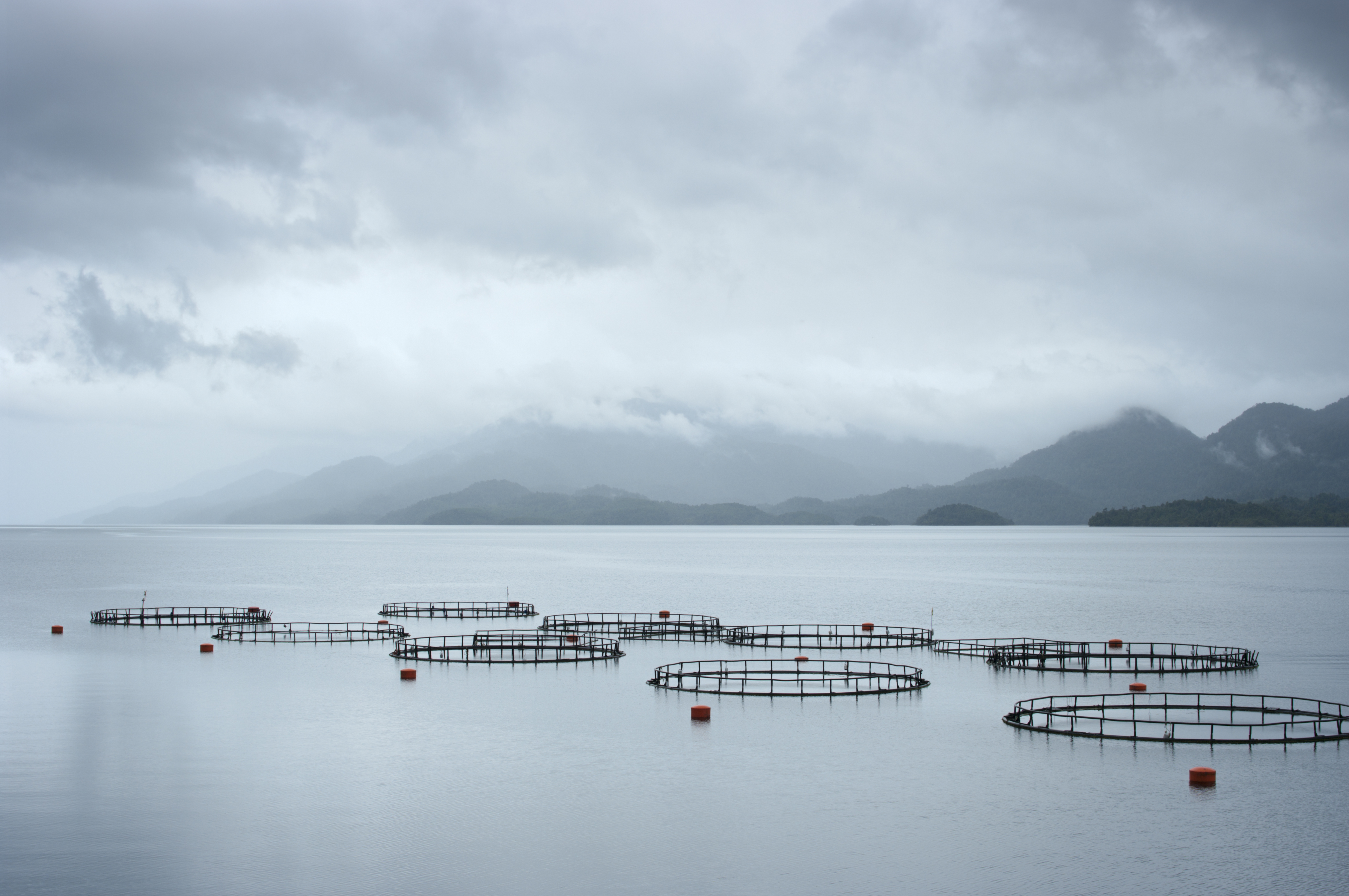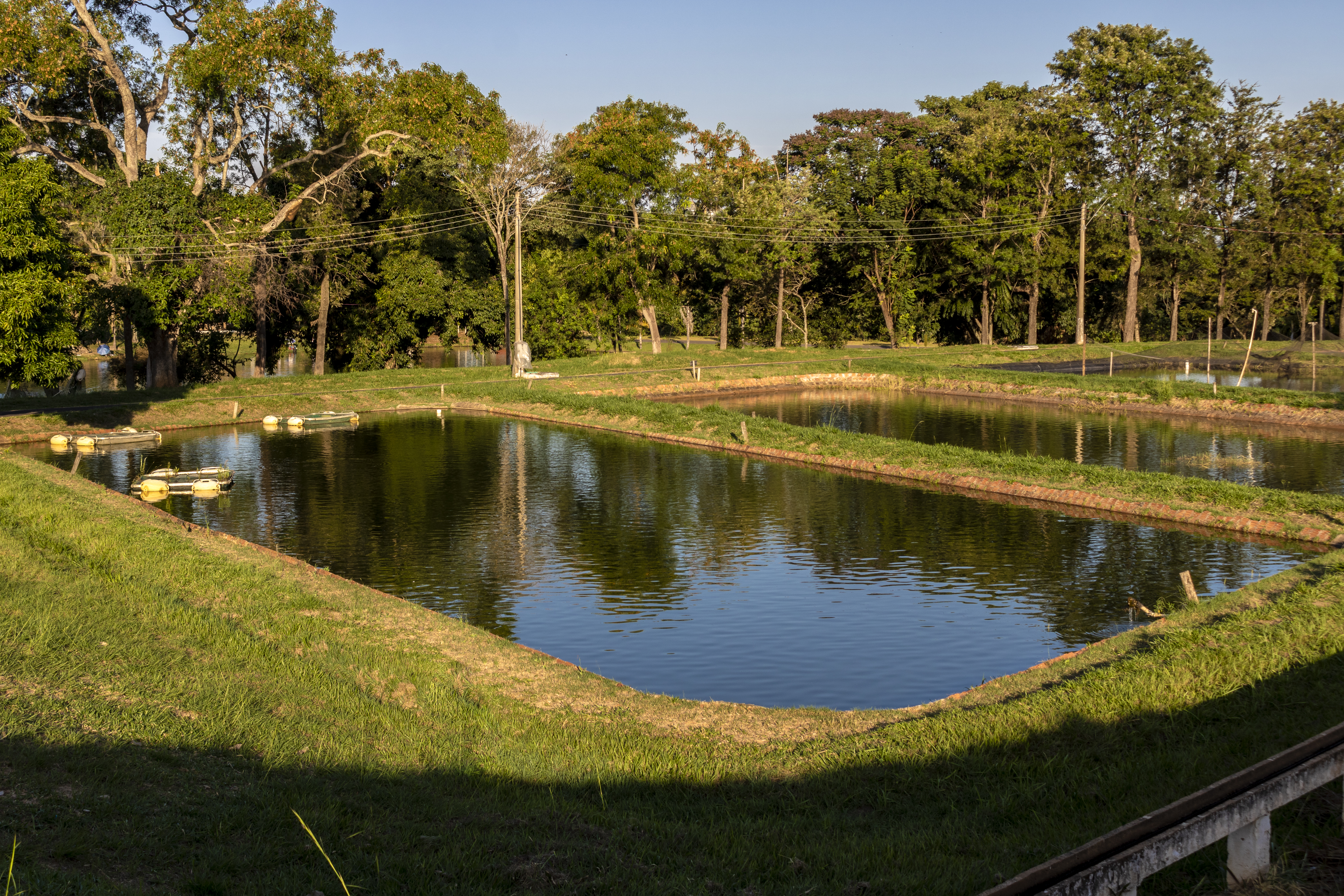In celebration of World Aquatic Animal Day on 3 April, we spoke with Dr Krishna Kumar Thakur and Dr Larry Hammell—current and former Directors of WOAH’s Collaborating Centre for Epidemiology and Risk Assessment of Aquatic Animal Diseases—about the key challenges facing the aquatic animal health sector and the critical role it plays in global food security and sustainability.
Krishna: Aquatic animals face several significant threats, with climate change being one of the most pressing. Rising ocean temperatures, ocean acidification, and changes in water quality can directly impact their health, reproduction, and habitat stability.
Infectious diseases, particularly emerging infectious diseases, are another major concern. As aquaculture expands, and our climate changes, the risk of disease outbreaks increases. In addition, interactions between farmed species with wild populations can lead to disease spillover, affecting both farmed and wild aquatic animals.
Public perception also plays a role, particularly in cases where non-native species are farmed or when concerns about animal welfare arise. While welfare concerns in aquaculture are not as prominent yet as in terrestrial food animal production, they can influence consumer acceptance.
Antimicrobial resistance, though not yet as much focus as in terrestrial food animals, is an emerging challenge. Certain diseases and parasites already show resistance, and as production intensifies, this issue is expected to become a greater threat, requiring proactive management strategies to ensure sustainable aquaculture practices.
Larry: In addition to global challenges, endemic diseases pose a significant threat to aquatic food animals. For farmers, the primary concern is often diseases with a local impact—those that may not be classified as trade-restrictive but can still cause important losses.
Local pathogens can be particularly problematic because aquatic environments facilitate the spread of infectious agents. Water serves as a natural medium for pathogen transmission, increasing the risk of outbreaks that can affect both farmed and wild populations. Effective biosecurity measures, early detection, and disease management strategies are essential to mitigating these risks and ensuring the sustainability of aquaculture operations.
Fish farm. It is estimated that the aquatic animal food supply will have to grow by 13% in Latin America and the Caribbean, and 12% in North America to sustain per capita consumption levels through to 2050.
Krishna: Climate change is having a profound impact on the distribution and dynamics of aquatic animal diseases. Pathogens that were once restricted to certain regions are now spreading to many other parts of the world.
Additionally, non-virulent strains of pathogens are evolving to become more virulent under changing environmental conditions. Many diseases are becoming more severe and increasing in prevalence. Climate-driven shifts in microbial communities are also leading to dysbiosis, where previously commensal or symbiotic organisms may become pathogenic. These disruptions in microbial balance can compromise the health and resilience of aquatic populations.
Larry: The replication rates for parasites and bacteria are highly influenced by water temperatures. As water temperature goes up, even by a degree, the host-pathogen dynamics can completely change, and these pathogens can quickly require much more management.
The delicate balance is disrupted, often weakening the host’s immune response while simultaneously enhancing pathogen replication and transmission. This can lead to increased disease outbreaks, higher mortality rates, and shifts in species distribution as farmers seek more favorable environmental conditions.
Krishna: Significant advancements have been made in various aspects of aquatic animal health, particularly in salmon aquaculture. Improvements in diagnostic methods, vaccine development, epidemiological research, and biosecurity measures have strengthened disease prevention and control strategies. However, many areas are still under development, and there remains much work to be done to enhance the resilience of aquaculture systems.
Larry: One of the most notable advancements is in pathogen detection. Our ability to identify and characterise pathogens has become highly precise, allowing for early intervention and more effective management of disease outbreaks. Additionally, extensive epidemiological research has provided deeper insights into the complex interactions between pathogens and their hosts, helping to refine disease mitigation strategies.
Krishna: One of the primary challenges in the Americas is the diversity of farmed aquatic species across the region. From salmon in Canada, the northern United States, and Chile to tilapia and catfish in Brazil, different species face distinct disease threats. While effective routine surveillance programs exist for certain diseases, there are still gaps for others, leaving some sectors more vulnerable to outbreaks.
Larry: A major challenge in the Americas is the lack of robust animal registration and tracking systems. In many countries, it is difficult to monitor where and how many aquatic animals are being farmed, especially for species destined for domestic consumption. Unregistered farms make surveillance more challenging and increase the risk of disease outbreaks and spread due to the lack of adherence to best farming practices.
Access to veterinary services is another key issue. In some areas, veterinary professionals may not have expertise in aquatic animal health, and diagnostic services can be limited. As a result, farmers may resort to ineffective treatments, such as mistakenly using antibiotics for viral diseases, contributing to the growing issue of antimicrobial resistance.
To address these challenges, training veterinary professionals in epidemiology and disease surveillance has proven effective. However, ensuring that this expertise reaches farmers—not just government agencies—remains an ongoing struggle. Expanding the availability of veterinarians and aquatic animal health specialists, particularly in remote farming areas, is crucial to improving disease prevention, surveillance, and responsible treatment practices across the region.
Larry: WOAH plays a crucial role in strengthening aquatic animal health by training government officials in disease surveillance, prevention, and control. Through its global network of experts and Collaborating Centres, the Organisation provides scientific guidance and technical support to its Members, helping them enhance their national aquatic animal health programs.
One of WOAH’s key contributions is the development of international standards that facilitate the safe trade of aquatic animals and their products. These standards help countries implement effective biosecurity measures, disease monitoring systems, and responsible production practices.
Larry: As an academic and research institution, our Collaborating Centre focuses on applying epidemiological expertise to support WOAH Members through targeted projects and capacity-building initiatives. We regularly train students at master or PhD levels, helping build expertise so they can then apply the knowledge to address challenges in their home countries. We also provide direct guidance to governments, offering expert advice on applied epidemiology, surveillance strategies, and disease control policies.
Krishna: We assist in designing and evaluating surveillance programs, evaluating existing biosecurity prcatices and identifying gaps in them. In addition, we contribute to improving disease management by identifying key risk factors and synthesising scientific evidence through systematic reviews and meta-analyses. We also play a role in validating diagnostic tools and quantifying test accuracy, ensuring that disease detection methods are both reliable and effective.
Tanks used for raising tilapia on a fish farm in Brazil. In the Americas, there is another Collaborating Centre for Antimicrobial Stewardship in Aquaculture (CASA) that provides support in that area.
Krishna: As the global population grows—along with an increasing demand for high-quality protein—aquatic animal production will need to expand. However, this growth comes with a heightened risk of infectious diseases. Climate change will continue to impact so we must be prepared leveraging existing scientific knowledge while investing in new resources notably vaccines and treatments to ensure that our food comes from healthy animals produced in a healthy, sustainable and ethical environment.
Larry: Producing healthy fish in healthy environments is key for food security. To achieve this, we must focus on early disease detection, control, and prevention before outbreaks occur.
In aquaculture, managing disease at the population level is critical—early intervention can significantly reduce the impact and prevent further spread. Epidemiology plays a key role in understanding disease dynamics, enabling us to implement effective surveillance and response strategies to protect both farmed and wild aquatic populations.


